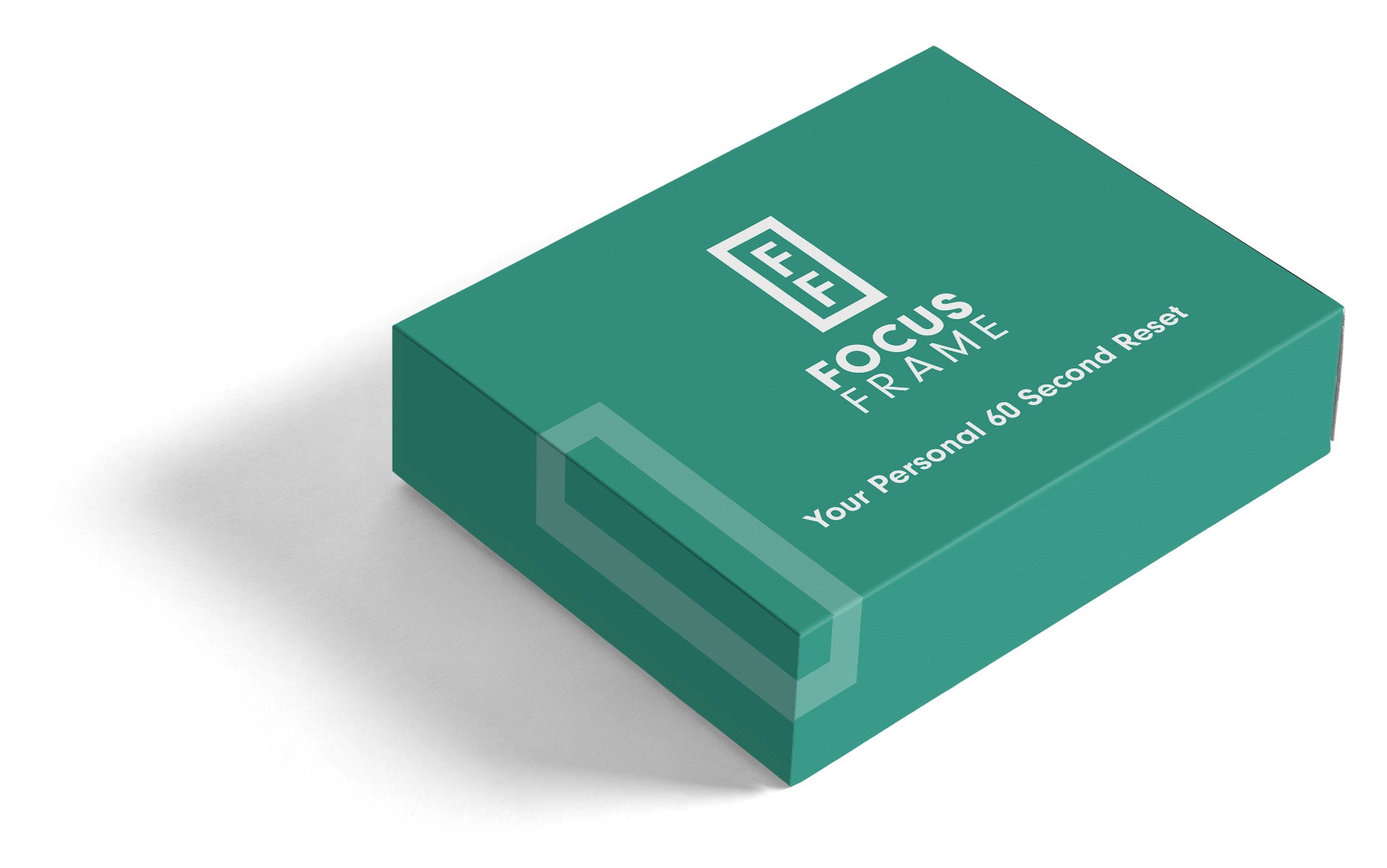
Introducing Focus Frame
A handheld, screen-free way to reset your focus in just 60 seconds.
Designed by a psychologist for those moments when you’re stressed, bored, or feeling a little foggy. Instead of reaching for your phone, you reach for the Focus Frame and feel your focus return.

Reset your focus in 60 seconds.

When life feels a little too much.

So you’re telling me watching glitter for a minute actually helps with stress and focus?
Yes, research shows that pauses as brief as one minute, when you concentrate your eyes on a single thing, can measurably regulate stress and improve focus.*
Sometimes, the simplest tools can have the biggest impact.

Focus Frame was created by a psychologist, inspired by years of working with clients who needed a way to reset in stressful moments. Whether it’s the anxiety before a big meeting, racing thoughts that won’t slow down, beating yourself up over a decision, or the mental fog that comes from constant scrolling, we all experience times when we need to re-center.
Focus Frame is based on well-established research in mindfulness and attention science studies, showing that even a short, mindful pause, just 60 seconds of focused attention, can quiet the mind and reset the body’s stress response.
It turns that science into something you can hold: a simple, screen-free way to pause, breathe, and come back to center when life pulls you off track.

Follow These 3 Easy Steps to Reset in 60 Seconds

1. Select a Card
Select a card from the deck that aligns with what you are feeling.

2. Shake It Up!
Place the card in the back of the frame and shake it up!

3. Watch It Settle
Take 60 seconds to watch the glitter settle and reset your focus.
The Science
Focus Frame is based on well-established research in mindfulness and attention science studies, showing that even a short, mindful pause, just 60 seconds of focused attention, can quiet the mind and reset the body’s stress response.

How Your Brain Responds to Challenges
When we face anxiety, depression, or even everyday stressors like doom-scrolling or overthinking, our brain’s amygdala—the built-in threat detector—goes into overdrive. At the same time, the prefrontal cortex, the part responsible for clear thinking, focus, and decision-making, powers down. The result? We get caught in worry loops, second-guessing ourselves, or feeling drained of motivation.

What Your Brain Does When You Refocus
Focusing on a single, calming point of attention helps dial down the amygdala’s overactivity and re-engage the prefrontal cortex. Even a brief pause creates a reset: it rebalances brain circuits, quiets the internal “alarm system,” and opens the way for clearer focus, steadier emotions, and a stronger sense of control.

How a Focus Frame Helps You Refocus and Reset
Our hands are trained to grip phones and other devices, which keeps the brain in a hyper-stimulated state. A Focus Frame feels just as natural to hold, but instead of triggering the dopamine-driven pull of screens, it offers a tactile and visual anchor. This simple shift lowers neural arousal, promotes mindfulness, and gives the brain the space it needs to reset.

Supporting Studies On Attention and Mindfulness
Attentional redeployment calms the threat system. Shifting attention away from emotional triggers reduces amygdala responding in humans—i.e., the “alarm” quiets when attention is absorbed elsewhere. PMC+1
Brief mindfulness works on state emotion. Meta-analysis shows brief mindfulness trainings reduce negative affect, and a lab study found short mindfulness sessions improve emotion processing and reduce negative attention bias. PMC+1
Very short practices can help (with realistic expectations). Mobile “micro-interventions” (brief, self-guided mindfulness in daily life) show benefits for emotion regulation in the wild; effects are modest but meaningful as a quick reset. JMIR Mental Health
60-second physiology shift is plausible. Even one minute of paced breathing can measurably change heart-rate variability (HRV)—a marker of parasympathetic (calming) activation—and slow breathing more generally increases vagal-tone/HRV. PMC+2PubMed+2
Why attention matters, mechanistically. Standard emotion-regulation theory (Gross) identifies attentional deployment as a core, early-stage strategy—exactly what “locking in” on a slow, neutral visual (like swirling glitter) does. Johnnie Tfeld+1
What people
are saying
Heidi Boyd"I’ve worked with Dr. Andrew Goldberg’s mindfulness and meditation tools for years and his approach has worked wonders for my mental, physical and emotional well-being. I was so excited to hear about Focus Frame and I LOVE IT!"
Angie Ilg, CLC"The Focus Frame has been a really simple and fun way to practice presence and mindfulness, calm my nervous system, and learn helpful skills for a happier life. I recommend it to anyone who wants to get off their phone, and have a healthy way to learn and practice mental and emotional skills. Plus, glitter!"
Jolié Higazi, CLC"I love having the Focus Frame with me as a tool whenever unexpected waiting comes up when I might normally scroll on my phone. It actually helps me feel a lot more relaxed and grounded than doomscrolling. I love the prompts, it adds a calming moment into my day whenever I want!"
Reina Remigio, PhD"The Focus Frame helps my neurodiverse pre-teen and me slow down, regulate our emotions, and connect more effectively. It’s been a huge source of support in today’s fast-paced, overstimulating world.”
Frida MannLead Singer of Frida and The Mann"The moment I picked up Focus Frame, I took a deep breath and instantly felt calmer. It gave me a tangible tool to ground myself—something I could reach for when I felt anxious or foggy. I love the gentle movement, the anticipation of waiting for words of wisdom to appear, and the way it guides me back to focus. Most of all, I love that it’s not on my phone, making it a truly mindful experience."









